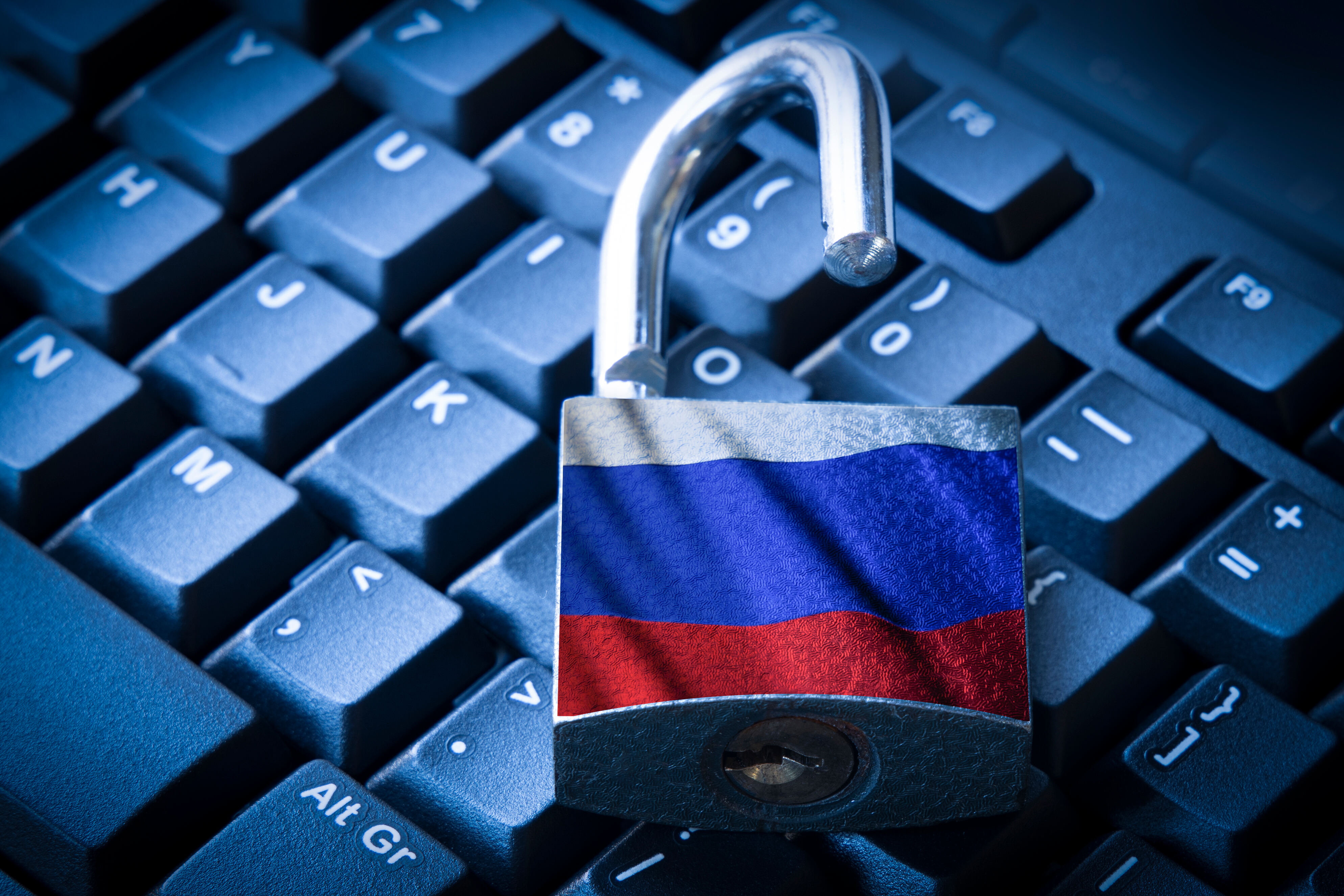Regional Cybersecurity in Russia: How Municipalities Are Defending Their Data

As cyberthreats intensify, Russian municipalities are rapidly rolling out new tools to secure their data infrastructure—from PAM systems to AI-powered behavior analytics and cyber training centers.
Threats on the Rise
In 2023, Russia’s public sector faced a surge in targeted cyberattacks, with tactics ranging from malware to social engineering. According to Positive Technologies, many of these breaches led to service disruptions and data leaks. In 2024, the volume of incidents only increased, prompting regional governments to escalate cybersecurity measures.

Case Studies: Regional Responses
The Rostov Region launched a cybersecurity task force in 2022, led by Deputy Governor Artyom Khokhlov. Since its inception, the team has blocked over 900 DDoS attacks, flagged nearly 2,000 security incidents, and thwarted 250 hacking attempts. The region also signed a centralized antivirus procurement deal with Kaspersky Lab and prioritized the security of critical infrastructure in healthcare, transport, energy, and communications.
In the Krasnoyarsk Territory, the Regional IT Center implemented an access control and privileged user management system (SKDPU NT) from IT Bastion. The tool monitors both employees and contractors, integrating with platforms like 'Safe City' and e-government systems. Behavior analytics and chatbot alerts enhance real-time incident response.

Tech Arsenal: PAM, SIEM, and UEBA
Integrating Privileged Access Management (PAM) with Security Information and Event Management (SIEM) platforms helps organizations detect threats faster and enforce tighter control over sensitive systems. PAM tracks who accesses what, while SIEM aggregates and analyzes security events. Together, they improve regulatory compliance and offer scalable defense layers.
To further tighten protection, regions are deploying User and Entity Behavior Analytics (UEBA) to flag anomalies that slip past traditional tools. These systems detect insider threats and stealthy cyberattacks by analyzing usage patterns and identifying deviations.
Persistent Pain Points
Cyber talent shortages are a growing concern. In 2024, demand for cybersecurity professionals increased by up to 50 percent, while the number of applicants dropped by 6 percent. Forecasts suggest that by 2027, Russia will need over 250,000 qualified specialists.
Ransomware attacks are also evolving. Kaspersky notes that targeted ransomware campaigns have matured into a full-fledged criminal industry, increasingly aimed at public agencies and enterprises. Experts recommend maintaining up-to-date software, backing up data offline, and using strong endpoint protection.
Data leaks remain a critical vulnerability. In 2024, Roskomnadzor reported 135 database breaches exposing over 710 million records. Common causes include weak passwords, poor infrastructure, and lost devices. Recommended defenses include complex passwords, multi-factor authentication, and user access control.
Training for the Future
To build cyber resilience, Russian universities are opening cyber training grounds. Astrakhan State Technical University will launch a new facility in 2025 to train students in cybersecurity, robotics, UAV management, and AI. Meanwhile, the Volga State University of Telecommunications and Informatics hosts a key National Cyberpolygon site in Samara, one of seven such hubs across the country.
From 2017 to 2023, the number of information security graduates in Russia rose by 69 percent. By 2027, annual output is expected to surpass 14,000 specialists. These initiatives are crucial to filling the skills gap and defending the country’s digital infrastructure.









































